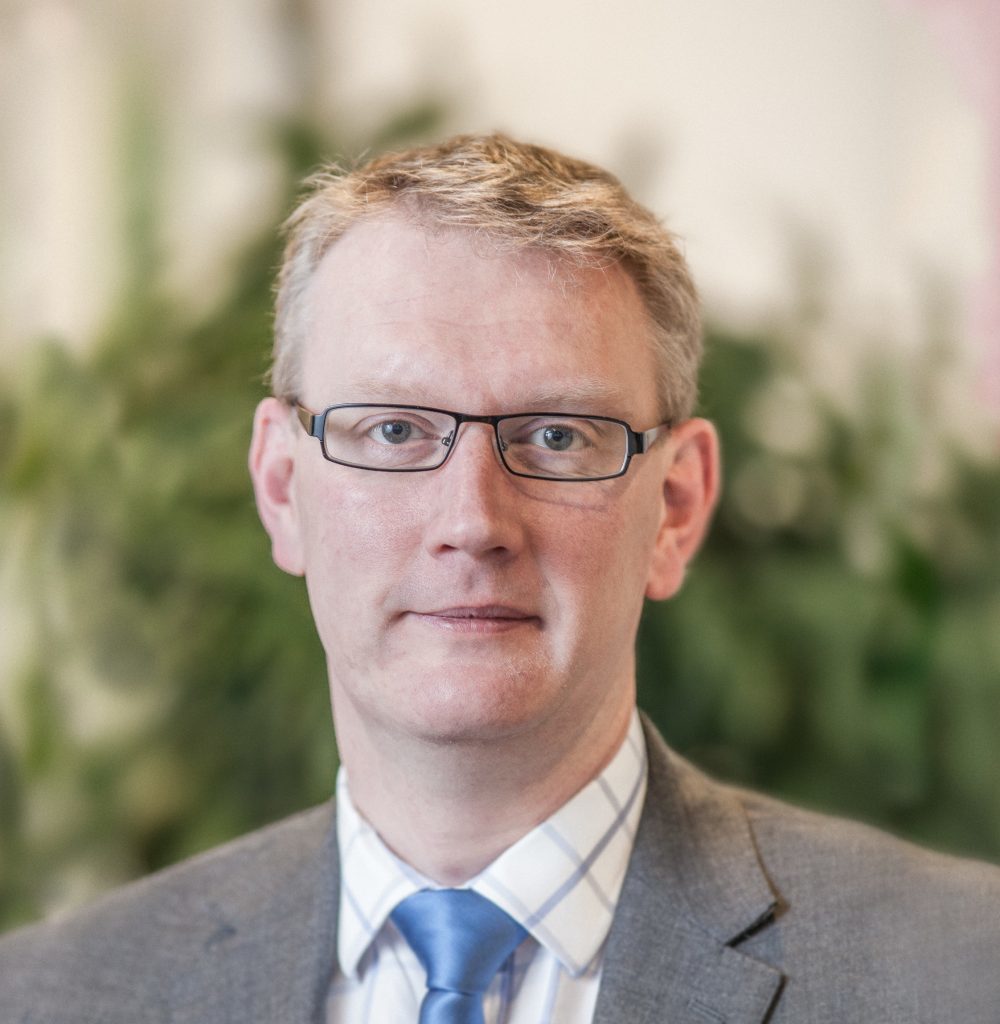
It is estimated that there are around 201 small pools containing more than 1 billion barrel of oil equivalent in the North Sea. These pools may be marginal, but they have the capacity to stimulate the much-needed economic recovery of the UKCS.
Yet for years now the potential of these fields has remained unlocked. As the downturn continues and the price of oil remains stagnant, more and more pools will earn themselves the unenviable marginal tag because of the high costs involved in developing them.
So what’s the answer? Most engineers would look at a traditional subsea route, reverting to a cut and paste culture when the solution does not have to be that complicated. The solution, in fact, is a structure in its simplest form: minimum facility platforms.
These platforms are stripped back to the bare necessities and use only the simplest but most robust technologies. They are largely unmanned but for maintenance visits: there is no helipad so access is either by boat or by walk to work and there is no temporary refuge or suite of safety features.
In designing these platforms we start from scratch, looking at the bare minimum of what is required to operate the platform safely and efficiently. Minimum facility platforms are already in existence in the UKCS so the concept is not new, but many exploration and production companies cannot see beyond traditional subsea options.
That position is surprising, given that stripping back platforms significantly reduces capital expenditure and operating costs. Ramboll Oil and Gas has conducted studies where the total installed cost of the platform in 40 metres of water emerged in the region of £9m, in comparison to traditional subsea tie-back projects where each tree, control system and wellhead easily costs £4m.
And, of course, these platforms minimise the risk to personnel. There does seem to be a school of thought that unmanned platforms are not as safe as manned platforms, when the opposite is actually true because personnel spend very little time on them.
The goal setting approach of the UK safety regime should support this idea and should not be used as an excuse not to embrace minimum platforms.
But we don’t just have the facts on paper: we have been designing minimum facility platforms for environments from the Gulf of Mexico to the Arabian Gulf and the Danish and Norwegian sector of the North Sea since the 1980s.
We know that the approach is successful and have first-hand knowledge from delivering conceptual studies, FEED (front end engineering and design) and detailed engineering solutions to know that minimum facility platforms can hold the key to unlocking marginal pools.
The only thing that differs between the two solutions is the water line: minimum facility platforms offer everything that a subsea solution does, but it is built on top of the water.
I’m not saying that these are a silver bullet for small pools, but they should – and indeed must – be considered more readily by exploration and production companies as part of their solutions mix.
There is no doubt that marginal fields, which are so-described either as a result of geographic remoteness or the difficulty involved in developing, are essential to revitalising the North Sea and dragging us out of the downturn.
But the costs associated with subsea projects, which seem to be spiralling out of control, make development of small pools unpalatable.
There is a danger that many of these projects will remain on a shelf gathering dust – and indeed will only increase in number because of lower for longer oil and gas prices and inflated subsea costs – when the solution exists and it is so simple.
For the sake of the future of the UK North Sea, this cannot be allowed to happen. We need to take a fresh look to how we approach the whole issue of marginal field development – and not just the engineering approach.
We need to see better collaboration between commercially focused operators, but I fear this may be a bigger challenge than developing engineering solutions. It is fair to say that there has generally been a reluctance on the part of operators to work together, but this must change.
Dialogue will allow plans to take shape, but operators cannot simply pay lip service to this – they must take action and work together to get oil and gas out of the marginal fields and back to the beach through regional or hub development plans.
We all want to see the UK North Sea recover: if we are all agreed that is the ultimate aim, then we need to stand united, not alone, in our commitment to delivering it.
Tim Martin is the managing director of Aberdeen-based Ramboll Oil and Gas UK.
Recommended for you
